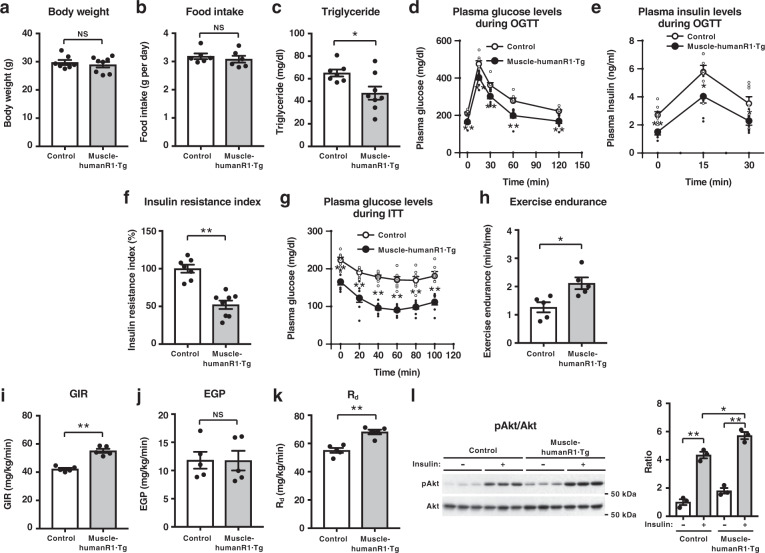Fig. 2. Muscle-specific upregulation of human AdipoR1 increases insulin sensitivity and exercise endurance on a high-fat diet.
Body weight (a), food intake (b), plasma triglyceride (c), plasma glucose (d), plasma insulin (e), and insulin resistance index (f) during oral glucose tolerance test (OGTT) (1.0 g glucose per kg body weight), plasma glucose (g) during insulin tolerance test (ITT) (0.5 U insulin per kg body weight), exercise endurance (h), glucose infusion rate (GIR) (i), endogenous glucose production (EGP) (j) and rates of glucose disposal (Rd) (k) during hyperinsulinemic euglycemic clamp study in control and muscle-humanR1·Tg mice on a high-fat diet. Phosphorylation and amount of Akt (l) in skeletal muscle treated with or without insulin (0.3 U per kg body weight) for 7.5 min in control and muscle-humanR1·Tg mice on a high-fat diet. All values are presented as means ± s.e.m. *P < 0.05 and **P < 0.01 compared to control mice (unpaired two-tailed t-test). NS, not significant. Control mice: n = 7; muscle-humanR1·Tg mice: n = 8 (a, c, d, e, f, g) n = 6 each (b), n = 5 each (h, i, j, k), n = 3 each (l).

